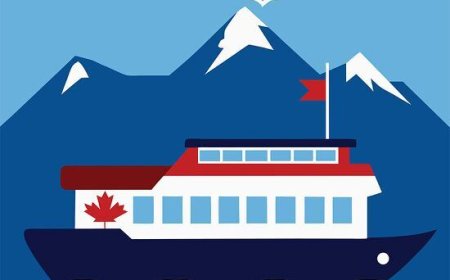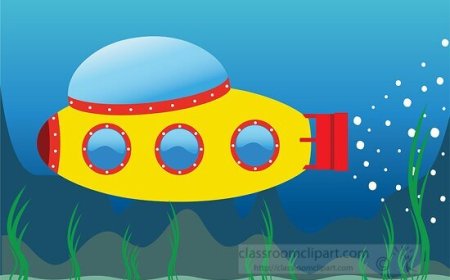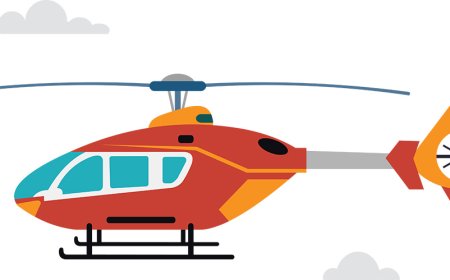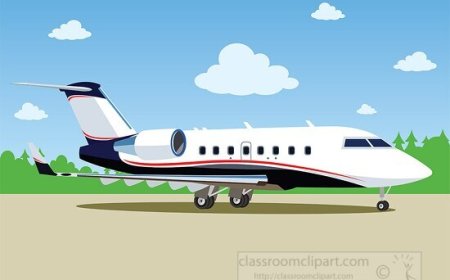Water Transportation Facts and Information
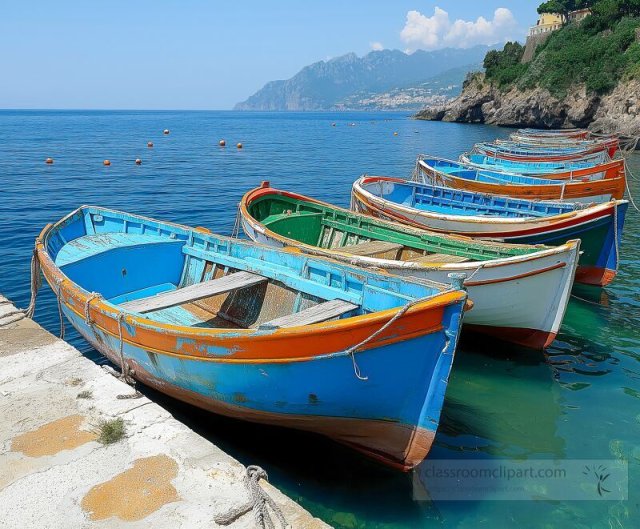
🌊 Water Transportation: From Canoes to Cargo Ships
Summary:
Water transportation is one of the oldest and most important ways people and goods move from place to place. From simple canoes carved by hand to giant cargo ships that carry goods across oceans, water transport has shaped the world. In this article, you’ll learn how different types of water transportation work, how they’ve changed over time, and why they still matter today.
🚤 1. What Is Water Transportation?
Water transportation includes all the ways people and goods travel across water—rivers, lakes, seas, and oceans. It’s often used for:
- Moving goods across the world
- Traveling to places with no roads
- Exploring new lands
- Fishing and recreation
There are many types of water vehicles, from tiny canoes to massive container ships.
🛶 2. Ancient Watercraft: Canoes, Rafts, and Early Boats
Thousands of years ago, people built the first boats using logs, animal skins, and reeds. These early boats helped them fish, explore, and trade.
🚣♂️ Examples:
- Canoes – Hollowed-out tree trunks used by native peoples across the Americas
- Rafts – Simple platforms made of wood or reeds, great for rivers
- Dugout boats – Similar to canoes, made by carving out logs
💡 Did You Know? The oldest known boat is over 10,000 years old!
⛵ 3. Sailboats and Exploration
Around 5,000 years ago, people added sails to their boats. Wind power allowed them to travel farther and faster.
🌬️ The Age of Exploration
- Sailboats helped explorers like Christopher Columbus and Marco Polo discover new lands.
- Trade across oceans grew rapidly.
💡 Did You Know? Ancient Egyptians used sailboats to travel the Nile River as early as 3,000 BCE.
🚢 4. Modern Ships: Ferries, Tankers, and Cargo Giants
Today’s water transport includes many kinds of large, powerful ships.
🛳️ Types of Modern Watercraft:
- Ferries – Carry people, cars, or bikes across rivers or bays
- Cargo ships – Move products like clothes, cars, and electronics across oceans
- Oil tankers – Carry fuel from one part of the world to another
- Cruise ships – Floating hotels for vacations
- Submarines – Travel underwater for military or science
💡 Did You Know? A cargo ship can carry over 20,000 containers—each the size of a small truck!
⚓ 5. Ports, Harbors, and Waterways
Ships need special places to stop, load, and unload.
- Ports – Large areas where ships dock to exchange goods
- Harbors – Safe areas of water for ships to stay protected from weather
- Waterways – Rivers, canals, or ocean paths that ships travel on
Many major cities—like New York, Shanghai, and Rotterdam—have enormous ports.
🧪 6. How Ships Float: The Science of Buoyancy
Even huge ships float because of buoyancy. When something is placed in water, it pushes water out of the way. If it pushes enough water to match its weight, it floats!
Why Do Ships Float?
- The shape of the hull spreads out the weight
- Water pressure pushes upward against the ship
💡 Did You Know? A steel ship can float if it’s shaped right, but a steel ball of the same weight will sink.
🌱 7. Water Travel and the Environment
Pros:
- Ships can carry huge amounts of cargo at once
- They use less fuel per ton than trucks or planes
Cons:
- Ships can pollute the ocean with oil, waste, or noise
- Invasive species can spread through ships’ ballast water
Solutions:
- Cleaner fuels and engines
- Slow steaming to save energy
- Recycling old ships safely
🧠 8. Fun Facts
- The Titanic was one of the most famous passenger ships in history.
- Ships use radar and GPS to navigate oceans safely.
- Some ferries are now fully electric!
- Over 90% of global trade happens by sea.
- The Panama Canal cuts travel time by weeks between the Atlantic and Pacific Oceans.
🧒 9. Kid-Friendly Summary
Water transportation means moving across rivers, lakes, and oceans using boats and ships. Long ago, people used simple canoes and rafts. Then came sailboats, and now we have giant cargo ships and cruise liners! Ships help us explore, trade, and travel. Even today, water transport is one of the best ways to move big things across long distances.
📘 Water Transportation Vocabulary Words
| Word | Definition (Student-Friendly) |
|---|---|
| Canoe | A small, narrow boat that is paddled by hand, often used on rivers or lakes. |
| Sailboat | A boat that uses sails and wind power to move across the water. |
| Cargo | Goods or products that are carried by a ship, truck, train, or airplane. |
| Ferry | A boat or ship used to carry people, cars, or goods across a body of water. |
| Tanker | A large ship designed to carry liquids like oil or gas. |
| Cruise Ship | A large passenger ship used for fun vacations, with rooms, food, and entertainment on board. |
| Port | A place on the coast where ships load and unload cargo or passengers. |
| Harbor | A safe, sheltered area of water where ships can anchor or dock. |
| Waterway | A river, canal, or ocean route used for travel or shipping. |
| Submarine | A special type of ship that can travel underwater. |
| Buoyancy | The force that allows things to float in water. |
| Navigation | The science or skill of guiding ships from one place to another. |
| Ballast | Heavy material placed in a ship’s bottom to help keep it stable and balanced. |
| Invasive Species | Plants or animals that spread into a new area and harm the environment, often brought by ships. |
| Shipyard | A place where ships are built or repaired. |



















































